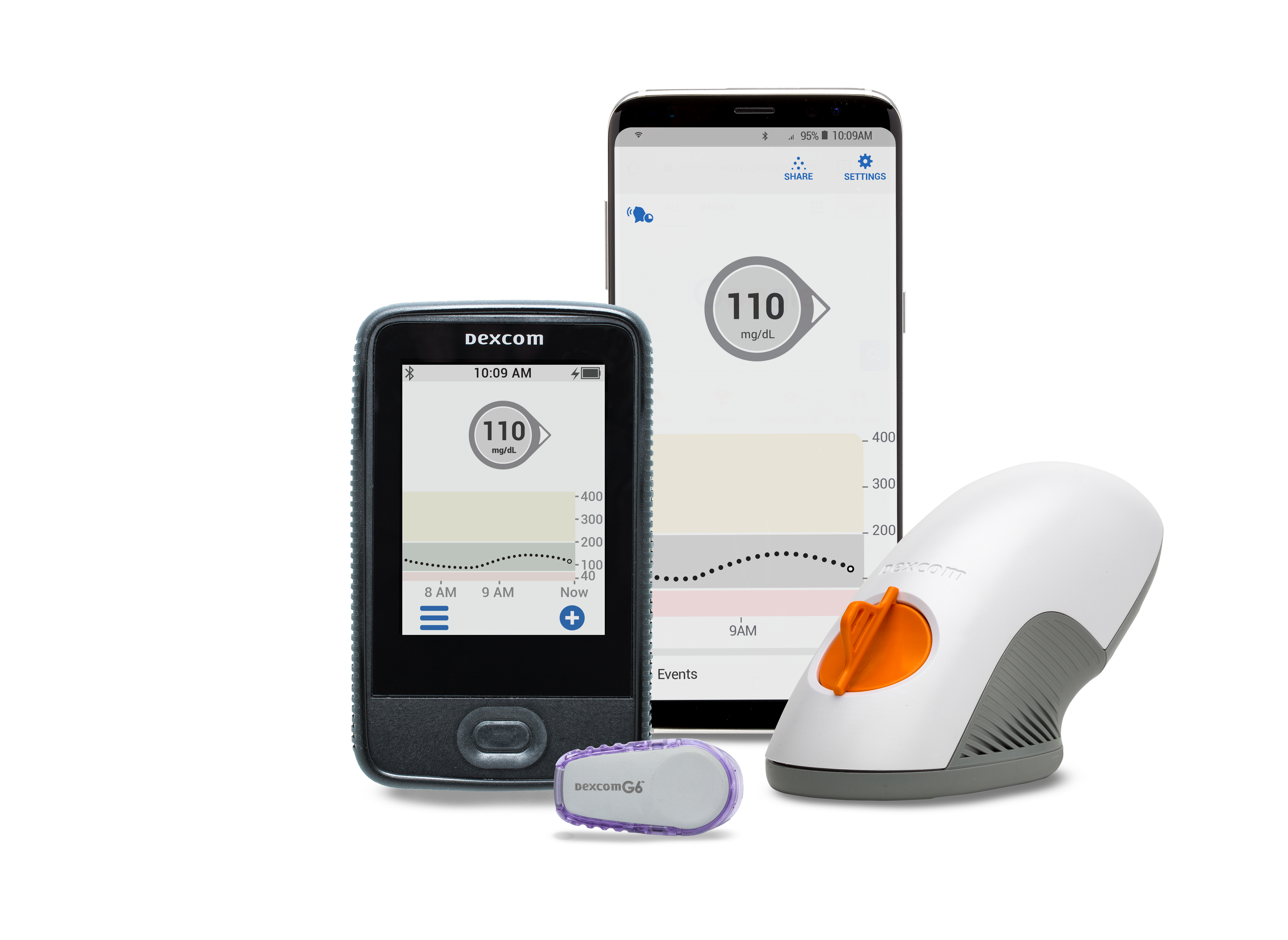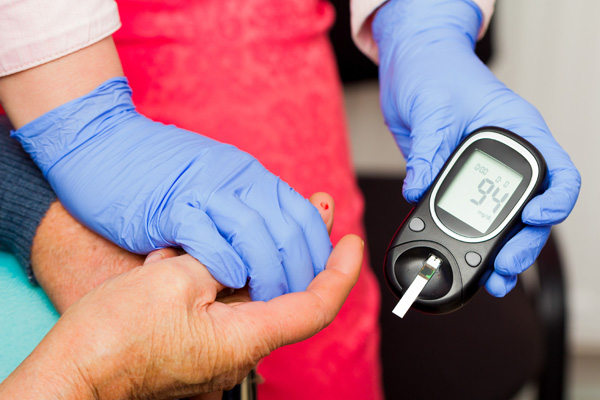After monitoring the fluctuations of blood sugar levels over the course of the day in healthy participants, researchers from Stanford found that individuals show high levels of variability in the way their bodies respond to the same foods. This finding – which the research team published in a paper for PLOS Biology – allowed for the classification of participants into three different groups known as “glucotypes,” which could help physicians identify which patients are most at risk of developing diabetes.
It’s estimated that about 10 percent of the US population is diabetic – representing more than 30 million people – with another 84 million individuals being identified as having prediabetes, a precursor condition to diabetes in which blood sugar levels are elevated. While blood sugar levels are often measured after fasting, or as glycated hemoglobin (HbA1C) which uses three months worth of blood sugar measurements to build up a picture of a patient’s metabolic health, these methods could be missing some patients at risk of developing diabetes.
Using continuous glucose monitors, the researchers set out to track changes in blood glucose levels throughout the day in nearly 60 adults with an average age of 51. These patients were considered to be healthy and had never been diagnosed with diabetes, however the research team also studied their insulin resistance to better understand their body’s response to eating a meal.
They found that participants could be grouped into one of three glucotypes depending on how much and how often they showed a spike in blood sugar during the course of a day. Those who showed relatively stable blood sugar levels were classified as being part of the low variability glucotype, while those who showed modest spikes in blood glucose were part of the moderate glucotype.
Importantly, participants who experienced frequent spikes in blood sugar were part of the severe variability glucotype, making them potentially most at risk of developing diabetes down the line. The study authors reported that their findings were not what they expected, considering all of the individuals included in the study were considered to be healthy.
“We were very surprised to see blood sugar in the prediabetic and diabetic range in these people so frequently,” said Dr. Michael Snyder, professor of genetics at Stanford, and senior author on the publication. “The idea is to try to find out what makes someone a ‘spiker’ and be able to give them actionable advice to shift them into the low glucotype.”
After giving the participants the same meal (cornflakes with milk, bread with peanut butter, or a protein bar) they found that they each metabolized the food differently depending on their glucotype. Their hope is that by identifying an individual’s glucotype – and by extension, their risk of developing diabetes – patients may be able to make a change in their diet to help mitigate this risk.
“Our next study will delve into the physiological causes of glucose dysregulation,” said Snyder. “These include not only genetic variation, but also microbiome composition, and pancreas, liver, and digestive organ functions.”












Join or login to leave a comment
JOIN LOGIN